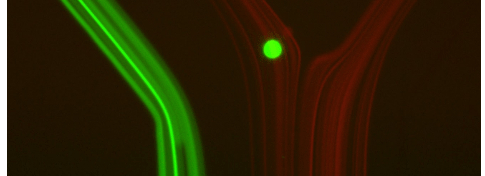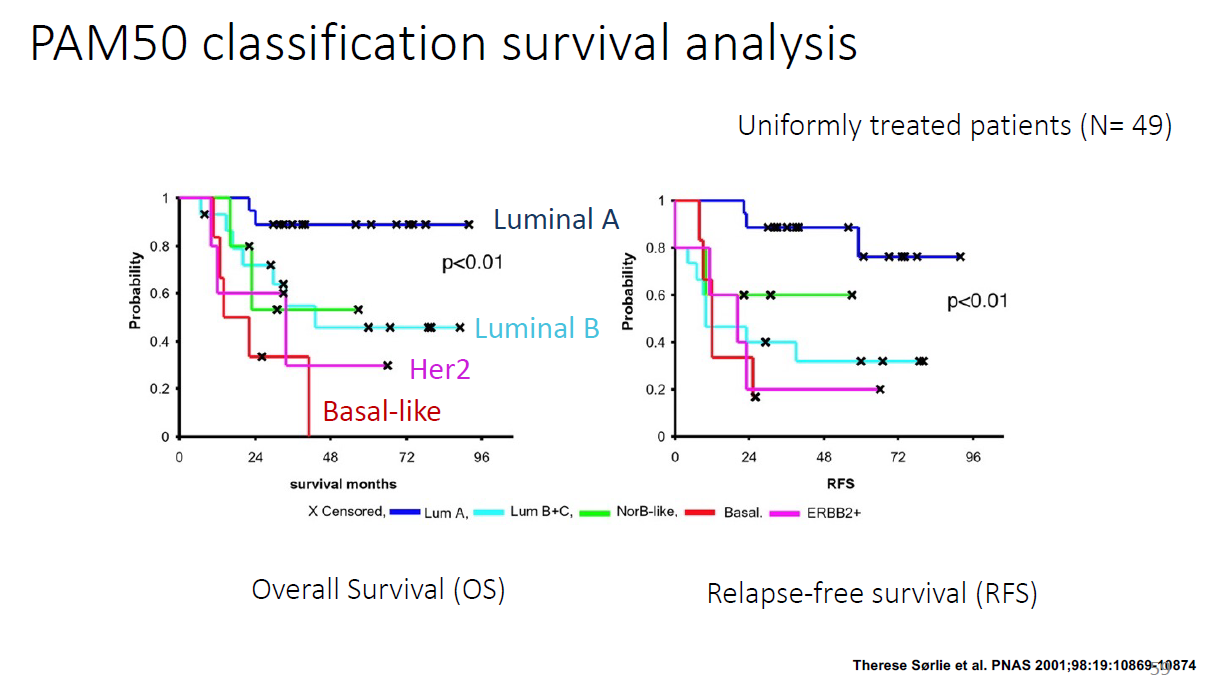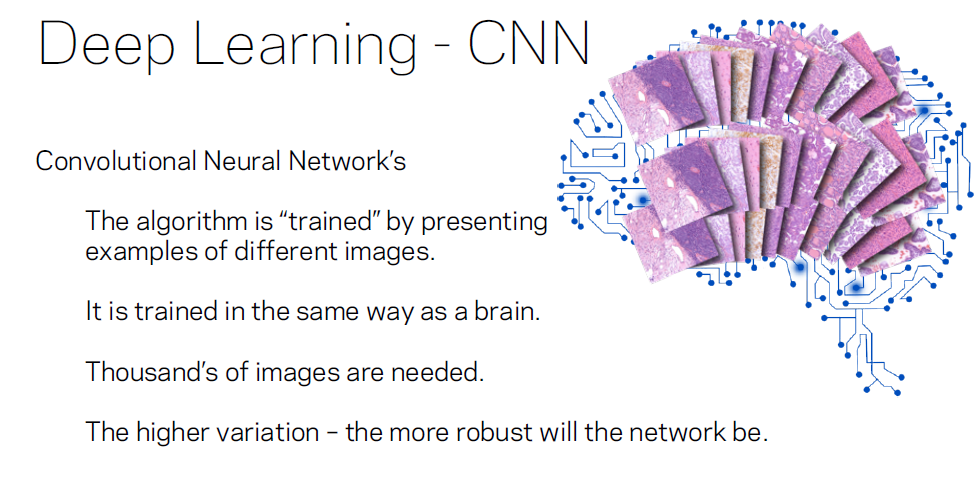
How is Biotechnology applied in the clinics? – Course Review
The third semester of the Molecular Techniques in Life Science (MTLS) Programme started in August for me, it’s crazy how fast time is passing by! This semester is organized by KTH Royal Institute of Technology, and includes courses in Clinical Biotechnology, Gene Technology and Bioinformatics and Systems Biology. One of the first courses we have had this year has been Clinical Applications of Biotechnology, which has focused on how biotechnological research can be applied to and translated from the wet lab to the clinical practice, with an special focus on breast cancer.
Course structure
The Clinical Applications in Biotechnology course has a quite typical structure: most of the class hours are lectures, and there are a few hours dedicated to a lab and to a group project. Thus, it is quite easy to follow the course if you attend the lectures, because there is no much material to prepare in advance (in contrast with other courses of the MTLS Programme such as Bioinformatics, which follow a “flipped-classroom” model).
Regarding the course contents, they were divided into four main topics:
- Breast Cancer
- Microfluidics
- Cardiovascular and Hemostasis Disease
- Ethics: Clinical Research from a Disease-Prevalence Perspective
Part I – Biotechnology and Breast Cancer
This block takes most of the workload of the course, and as the name says it focuses on the biotechnological methods that are used for the diagnosis and treatment of breast cancer. Topics such as breast cancer incidence, measurement and interpretation of biomarkers and how therapeutic approaches were developed are covered in this part of the course.

Also, three invited speakers gave special lectures in this block. These were focused on mammography for breast cancer screening, artificial intelligence and how can it be applied for cancer diagnosis and using gene expression as a cancer biomarker assay.

Personally, these topics are not my cup of tea. I was actually surprised of how interesting the automated pathology lecture was to me: even though I don’t have an interest in pathology, I really liked to listen to and reflect about the challenges and possible future trends for artificial intelligence in oncology.
Part II – Microfluidics
The microfluidics part of the course included two theoretical lectures and one lab. It was the first time that I encountered the microfluidics subject, so it was quite interesting but complicated at the same time. Luckily, the lab was very useful for me to understand the concepts explained in the lectures.
The lab was one of my favourite parts of this whole course. In groups of six, we used a microfluidics device to separate beads of different size to mimic how circulating tumor cells can be separated from other blood cells for cancer diagnosis. I was curious to see how these teeny tiny devices work and how the image analysis is performed.
Part III – Cardiovascular Disease and Hemostasis
This third part of the course was quite short, since it only included two lectures about the coagulation system and how disease is caused when this system is not functional (i.e. hemophilia), or when it is functional but our body uses it “in a wrong way” (i.e. pulmonary thromboembolism).
Part IV – Biotechnological Research from a Disease-Incidence Perspective
This last part of the course touched the topic of how disease incidence (the number of people affected by a disease). We had one lecture about this, and then we had to prepare in groups for a debate. This debate consisted in analyzing a treatment which had been studied in a clinical trial and look for arguments to convince a hospital board to use that treatment. It was challenging to see through the eyes of the patients, doctors, funding bodies and other stakeholders, but it was a fruitful experience overall and I think it was a great practice for those that plan to continue on the biotechnological research/bussiness world.
Have any questions about the Molecular Techniques in Life Science? Drop me an email at ines.rivero.garcia@stud.ki.se 🙂
\Inés
email: ines.rivero.garcia@stud.ki.se
LinkedIn: Inés Rivero Garcia

0 comments